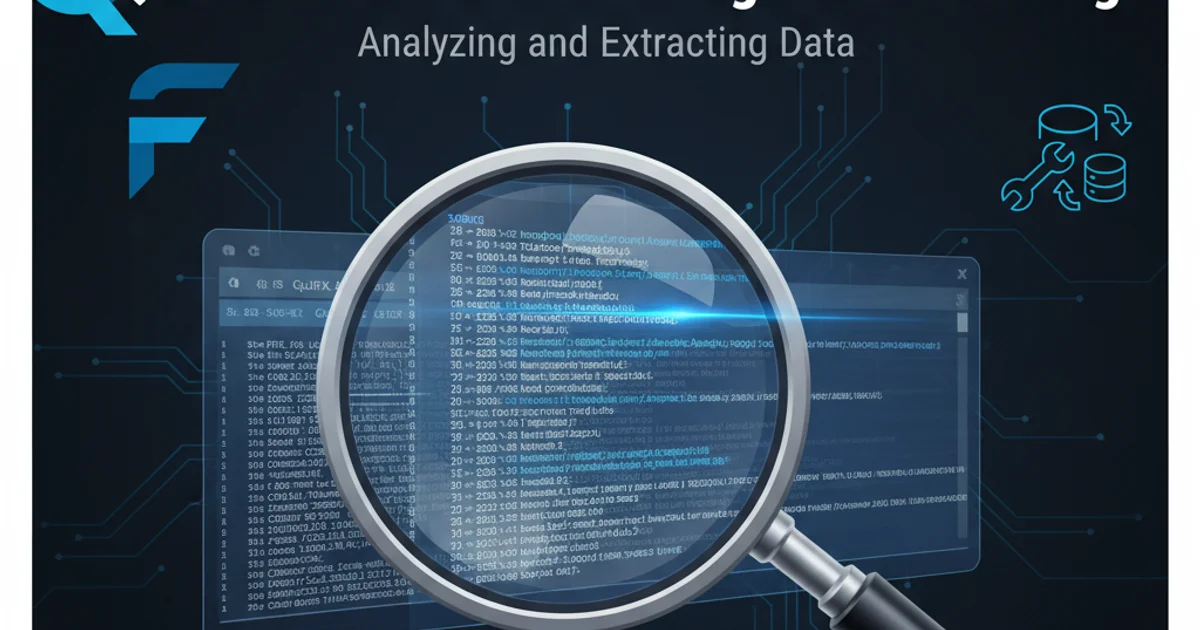xn-- on domain, what it means?
Categories:
Understanding 'xn--' in Domain Names: Punycode Explained

Demystify the 'xn--' prefix in domain names, learn about Punycode, and understand its role in internationalized domain names (IDNs).
Have you ever encountered a domain name starting with xn-- and wondered what it means? This seemingly cryptic prefix is not a typo or a malicious indicator, but rather a crucial component of how the internet handles domain names in different languages. It's part of a system called Punycode, which allows non-ASCII characters (like those found in Arabic, Chinese, Cyrillic, or even accented Latin characters) to be represented in the ASCII-only domain name system (DNS).
What is Punycode and Why Do We Need It?
The Domain Name System (DNS) was originally designed to use only a limited set of characters: English letters (a-z), numbers (0-9), and hyphens (-). This character set is known as ASCII (American Standard Code for Information Interchange). However, as the internet became global, there was a growing need for domain names to support characters from various languages and scripts, allowing users worldwide to register and access websites using their native languages.
Punycode is an encoding syntax that converts sequences of Unicode characters into a limited character set (ASCII) that is compatible with the DNS. This conversion is essential because the underlying DNS infrastructure cannot directly process non-ASCII characters. When you type a domain name with special characters into your browser, the browser converts it into its Punycode equivalent before sending the request to the DNS. The xn-- prefix specifically signals that the domain name is an Internationalized Domain Name (IDN) encoded with Punycode.
flowchart TD
A["User enters IDN (e.g., example.рф)"] --> B["Browser converts IDN to Punycode"];
B --> C["Punycode (e.g., xn--example-4kk.xn--p1ai) sent to DNS"];
C --> D["DNS resolves Punycode to IP address"];
D --> E["Browser connects to IP address"];
E --> F["Website loads"];
F --> G["Browser displays original IDN (example.рф)"];Flow of an Internationalized Domain Name (IDN) through the DNS
How Punycode Works: A Simple Example
Let's take a common example. The domain name bücher.de contains the German umlaut 'ü', which is not an ASCII character. When this domain is processed by the DNS, it needs to be converted into a Punycode representation. The xn-- prefix indicates that the following string is a Punycode-encoded IDN.
The conversion process involves separating the ASCII-compatible parts from the non-ASCII parts and encoding the non-ASCII characters into a sequence of ASCII characters, which are then appended to the ASCII part, separated by a hyphen. The xn-- prefix is then added at the beginning.
For bücher.de, the Punycode equivalent is xn--bcher-kva.de. The kva part encodes the 'ü' character and its position within the original string. This allows the domain to be stored and resolved by DNS servers while still representing the original, human-readable domain name.
echo "bücher.de" | idn --punycode
xn--bcher-kva.de
echo "xn--bcher-kva.de" | idn --decode
bücher.de
Using the idn command-line tool to encode and decode Punycode.
bücher.de) in the address bar, even if the underlying request uses the Punycode version (xn--bcher-kva.de). This enhances user experience by making domain names more readable and familiar.Security Considerations and Homograph Attacks
While IDNs and Punycode are essential for global internet accessibility, they also introduce potential security risks, primarily related to homograph attacks. A homograph attack occurs when an attacker registers a domain name that visually resembles a legitimate one but uses different characters (e.g., Cyrillic 'a' instead of Latin 'a').
For example, an attacker might register apple.com using a Cyrillic 'a' (аpple.com), which looks identical to the legitimate apple.com in many fonts. When converted to Punycode, these would be distinct domains (e.g., xn--pple-4kk.com vs. apple.com). Users might be tricked into visiting the malicious site, believing it to be the legitimate one, and unknowingly provide sensitive information.
Browsers and security organizations have implemented various measures to mitigate these risks, such as displaying the Punycode version for suspicious IDNs or highlighting mixed-script domain names. Users should always be vigilant and check the full domain name, especially when dealing with sensitive information.